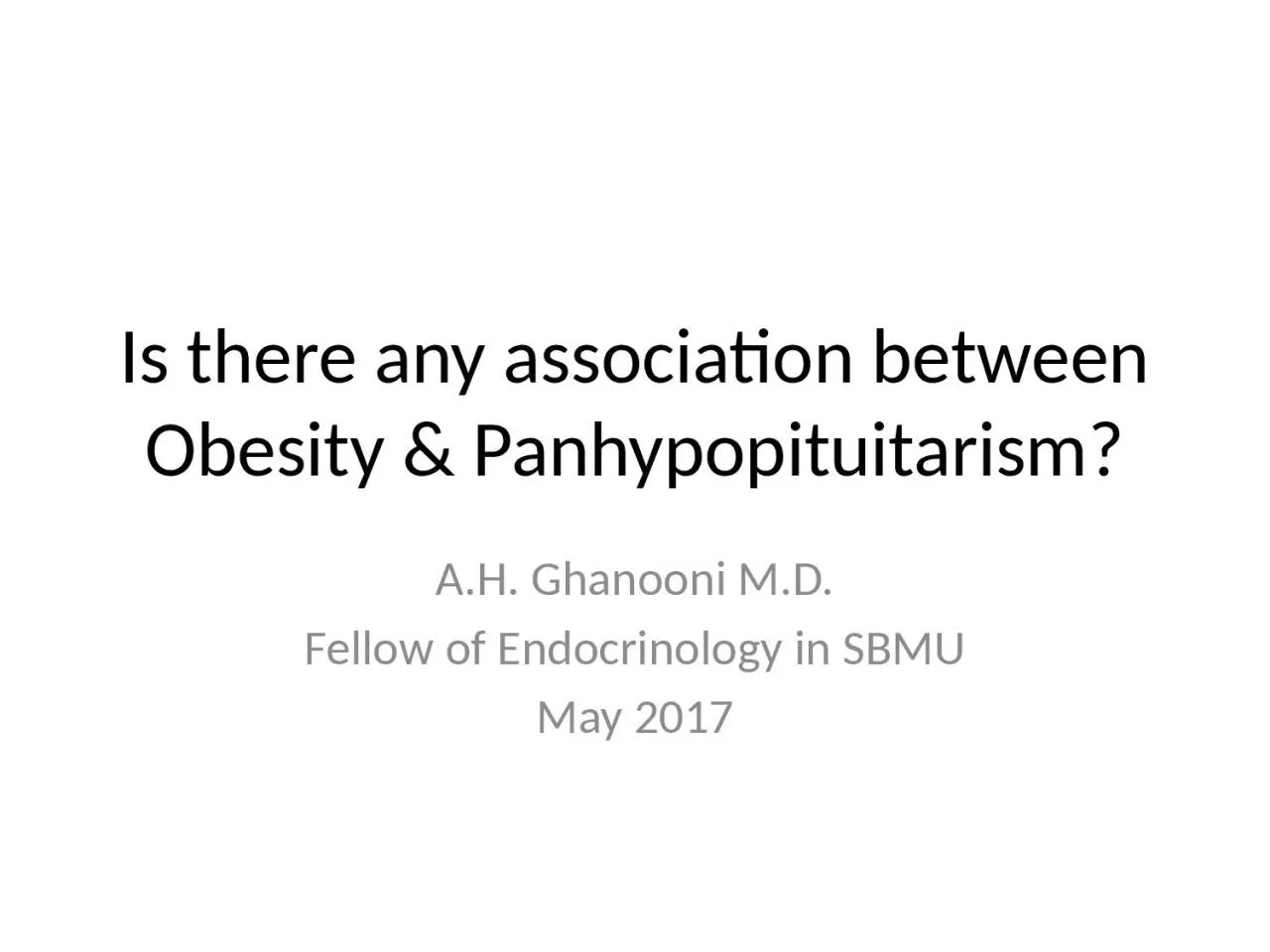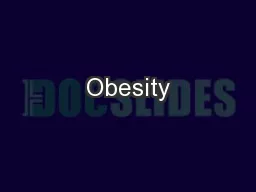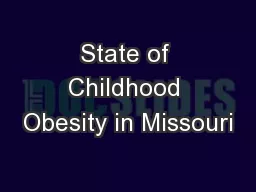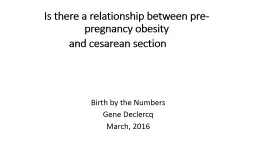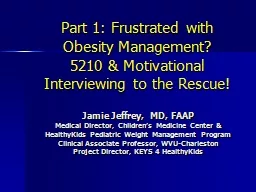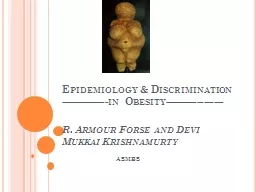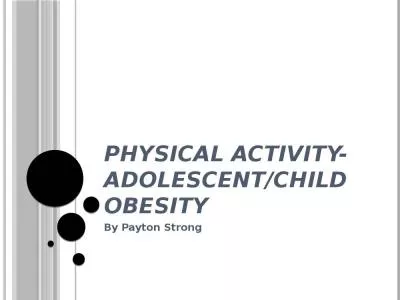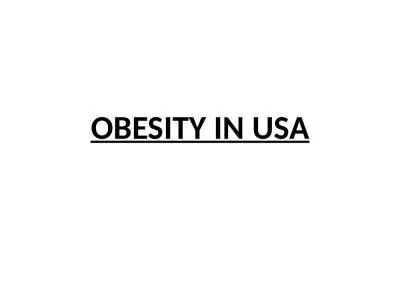PPT-Is there any association between Obesity &
Author : joyce | Published Date : 2022-06-07
Panhypopituitarism AH Ghanooni MD Fellow of Endocrinology in SBMU May 2017 Panhypopituitarism Obesity obesity in children and adolescents DEFINITIONS The
Presentation Embed Code
Download Presentation
Download Presentation The PPT/PDF document "Is there any association between Obesity..." is the property of its rightful owner. Permission is granted to download and print the materials on this website for personal, non-commercial use only, and to display it on your personal computer provided you do not modify the materials and that you retain all copyright notices contained in the materials. By downloading content from our website, you accept the terms of this agreement.
Is there any association between Obesity &: Transcript
Download Rules Of Document
"Is there any association between Obesity &"The content belongs to its owner. You may download and print it for personal use, without modification, and keep all copyright notices. By downloading, you agree to these terms.
Related Documents

